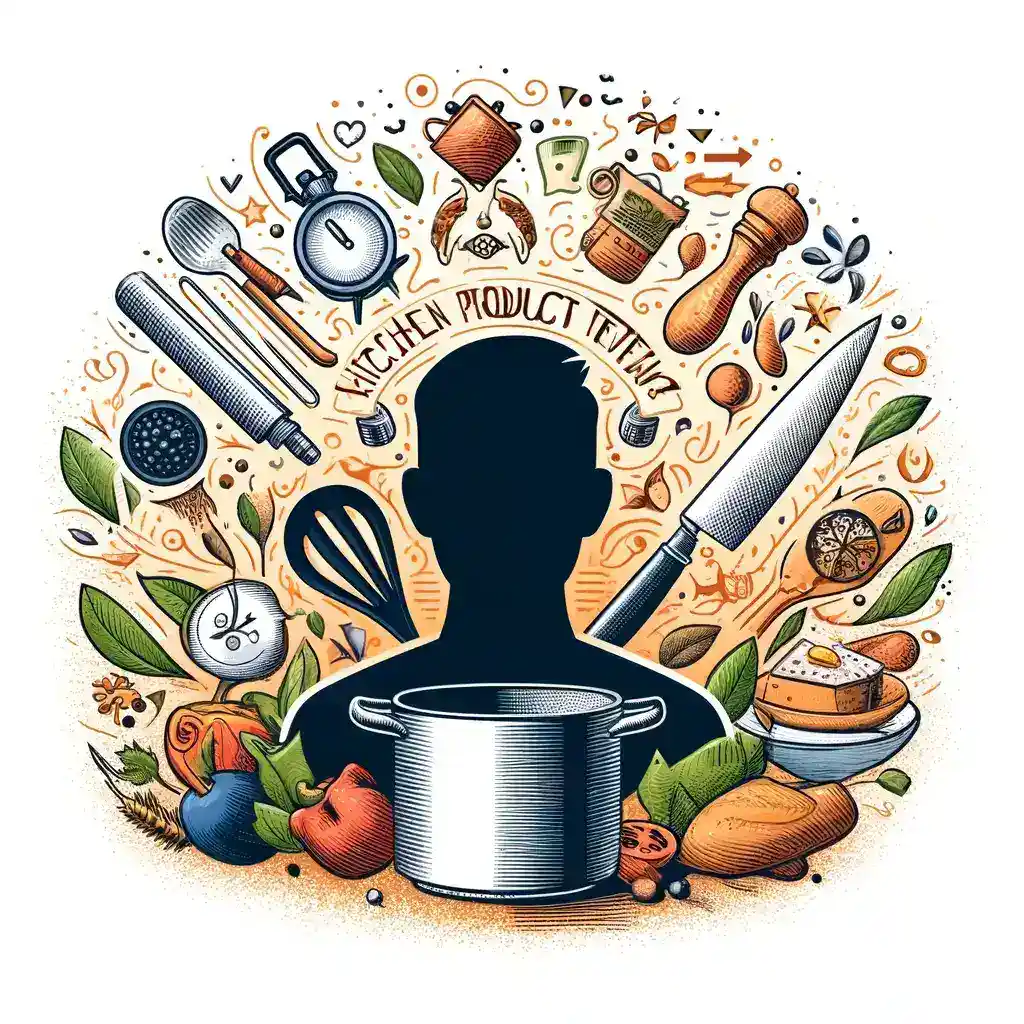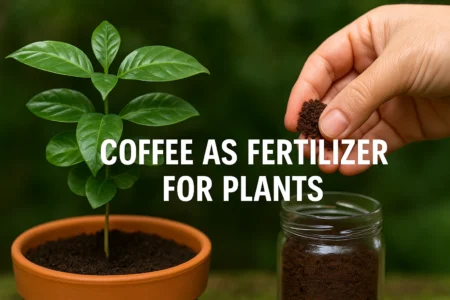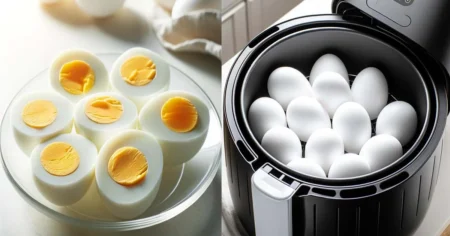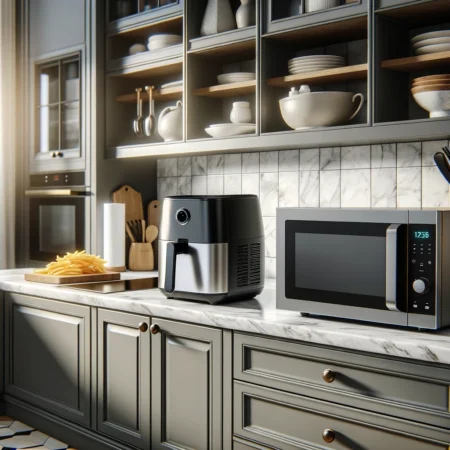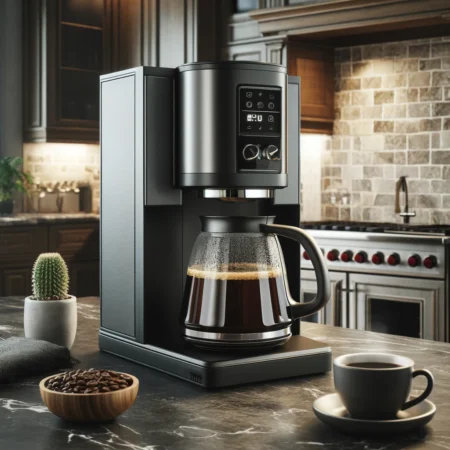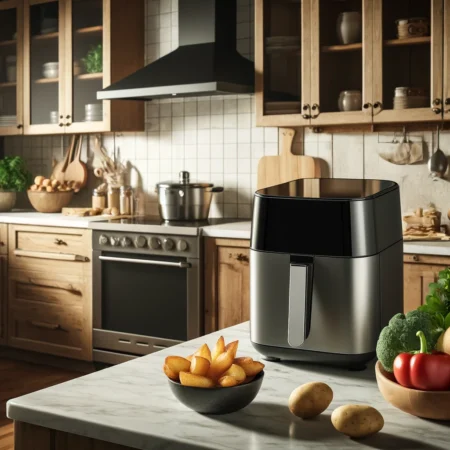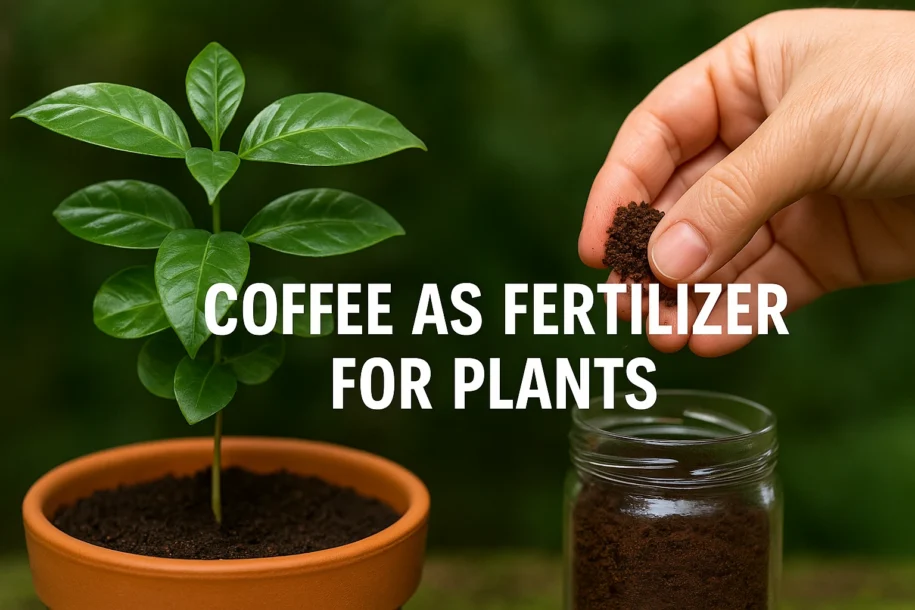
Coffee as Fertilizer for Plants: A Natural Boost for Your Garden
Many gardeners are now turning to coffee grounds as a natural way to nourish their plants. If you are someone who drinks coffee daily, you might be surprised to know that your leftover coffee grounds can do more than just go in the trash. Using coffee as fertilizer is not just a sustainable practice but also an effective way to improve soil health, boost plant growth, and reduce garden waste.
In this article, we will explore how coffee can be used as fertilizer, which plants love it, the right way to use it, and common mistakes to avoid.
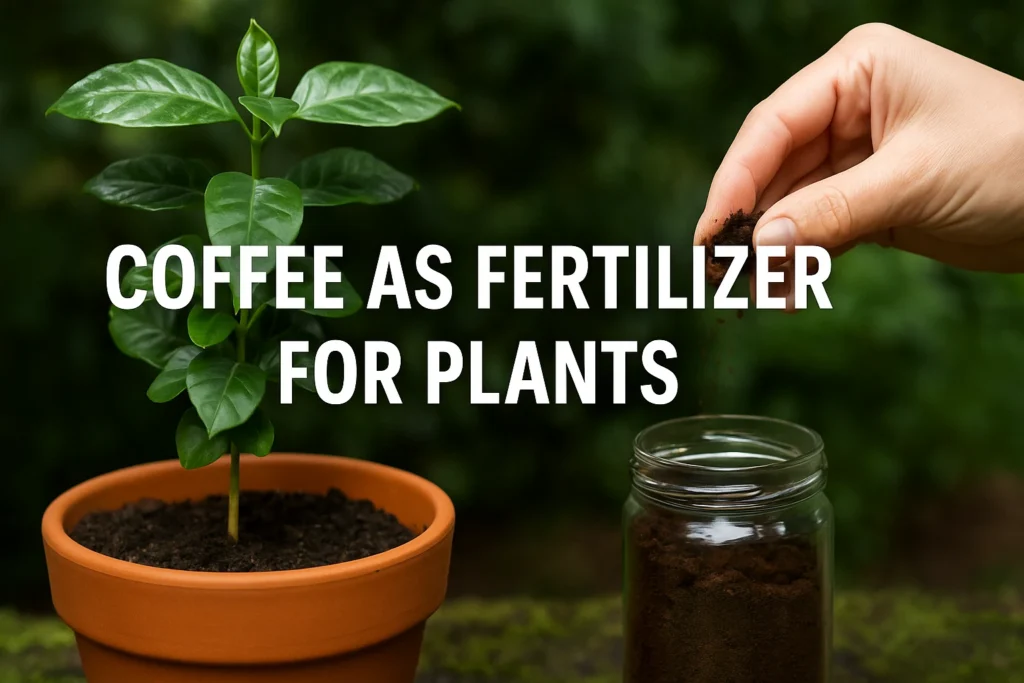
What Makes Coffee Grounds Good for Plants?
Coffee grounds are packed with essential nutrients that help plants grow stronger and healthier. Some of the key nutrients found in used coffee grounds include:
- Nitrogen – which promotes leafy growth and is essential for photosynthesis
- Potassium – which helps with root development and overall plant health
- Phosphorus – which supports blooming and fruiting
- Magnesium and Calcium – which enhance soil structure and nutrient absorption
Besides these nutrients, coffee grounds improve soil texture by adding organic matter, which makes the soil more porous and better at holding moisture.
How to Use Coffee Grounds as Fertilizer
There are several ways to use coffee grounds in your garden. Each method works slightly differently depending on the type of plants you are growing and the condition of your soil. Here are the most common and effective techniques:
1. Mix Coffee Grounds into the Soil
One of the easiest ways to fertilize with coffee is by mixing the grounds directly into the top layer of your garden soil. This method helps add slow-releasing nitrogen and improves soil aeration. Simply scatter the coffee grounds around the base of your plants and gently mix them into the first few inches of soil.
2. Add to Compost
Coffee grounds are a perfect addition to your compost bin. They are considered green material, meaning they are rich in nitrogen. When combined with brown materials like dry leaves, paper, or straw, they create a balanced compost. The result is a nutrient-rich soil amendment that your plants will love.
3. Make a Liquid Fertilizer
You can create a simple liquid fertilizer by soaking used coffee grounds in water. Add two cups of grounds to a five-gallon bucket of water and let it sit for a day or two. This coffee ground tea can be poured directly into the soil or used as a foliar spray to give your plants a quick nutrient boost.
Best Plants That Like Coffee Grounds
Not all plants respond the same way to coffee grounds. Some thrive with the added nutrients and acidity, while others may not benefit as much. Here are some plants that generally do well with coffee grounds:
Acid-Loving Plants
Coffee grounds are slightly acidic, which makes them perfect for plants that prefer lower pH levels in the soil. These include:
- Azaleas
- Hydrangeas
- Rhododendrons
- Camellias
- Blueberries
- Roses
Leafy Vegetables
Vegetables that grow lots of green leaves benefit from the nitrogen in coffee. Try using grounds around:
- Spinach
- Kale
- Lettuce
- Swiss chard
Root Vegetables
Root crops like carrots and radishes enjoy the loose, well-drained soil structure that coffee grounds help create.
Plants That May Not Like Coffee Grounds
While coffee grounds can be beneficial, they are not suitable for every type of plant. Some plants are sensitive to high nitrogen levels or acidic soil. Avoid using coffee grounds with:
- Tomatoes (too much acidity may harm them)
- Clover
- Alfalfa
- Certain herbs like lavender and oregano
Always do a small test before applying coffee to your entire garden.
Benefits of Using Coffee Grounds in the Garden
There are several reasons why coffee is considered an excellent natural fertilizer. Here are the top benefits:
Sustainable and Eco-Friendly
Using coffee grounds in your garden helps reduce kitchen waste and prevents it from going to landfills. It is a great way to recycle what would otherwise be thrown away.
Improves Soil Structure
Coffee grounds act as a natural soil conditioner. They help improve soil texture, increase drainage, and enhance moisture retention.
Encourages Earthworms
Earthworms love coffee grounds. These little helpers aerate the soil and improve nutrient availability for plant roots.
Natural Pest Repellent
Coffee grounds can also deter pests like slugs, snails, and ants. The coarse texture irritates these pests, and the smell of coffee may keep them away.
Common Mistakes to Avoid
While coffee grounds can be helpful, using them the wrong way might cause more harm than good. Here are some mistakes to avoid:
Using Too Much
Do not dump large amounts of coffee grounds into your garden. Excess coffee can compact and create a water-resistant barrier. Use them in moderation or mix with other compostable materials.
Applying Grounds Without Composting
Fresh coffee grounds are more acidic than used ones. Always use spent coffee grounds, and if in doubt, compost them first before applying to your garden.
Overfeeding Young Plants
Seedlings and delicate plants might find coffee grounds too rich. Start with small amounts or dilute the grounds with compost or water.
Is Coffee Good for Indoor Plants?
Yes, you can use coffee grounds for indoor plants, but with more caution. Houseplants typically need lighter feeding, and the limited space in pots means there is less soil to buffer the effects of concentrated nutrients.
Mix a small amount of used coffee grounds into the potting soil or use diluted coffee ground tea. Monitor the plants closely for any signs of yellowing or stress, which may indicate overfeeding.
Coffee Grounds and Soil pH: Myth vs Reality
There is a common belief that coffee grounds are highly acidic. While this is true for fresh grounds, used coffee grounds are closer to neutral in pH. Most of the acidity is removed during the brewing process. Therefore, used grounds will not dramatically lower the soil pH.
However, it is still important to monitor the pH of your garden soil and adjust based on your plant’s preferences.
Final Thoughts: Coffee as a Garden Superfood
Using coffee grounds as fertilizer is a smart and sustainable way to enhance your garden’s health. Whether you sprinkle them directly into the soil, brew them into a liquid feed, or mix them into compost, your plants can benefit greatly from the nutrients and organic matter.
Remember to use coffee grounds in moderation, pair them with other compost materials, and always observe how your plants respond. With the right approach, your morning cup of coffee can transform into a daily gift for your garden.
Frequently Asked Questions
Can I put coffee grounds directly on my plants?
Yes, you can sprinkle used coffee grounds directly onto the soil around your plants. However, it’s best to mix them lightly into the topsoil or compost them first to prevent clumping and to help with better nutrient absorption.
Which plants like coffee grounds the most?
Plants that prefer slightly acidic soil tend to benefit the most. These include blueberries, azaleas, hydrangeas, roses, and rhododendrons. Leafy greens like spinach and kale also respond well to the nitrogen in coffee grounds.
Do coffee grounds make the soil more acidic?
Used coffee grounds are only mildly acidic or nearly neutral. Most of the acidity is removed during the brewing process. They are safe for most plants, especially when mixed with compost or soil.
How much coffee grounds should I use in the garden?
Moderation is key. A thin layer (about half an inch) once a week is usually enough. You can also mix one part coffee grounds with three parts compost or mulch for best results.
Can I use coffee grounds in potted plants?
Yes, but use them sparingly. Indoor plants have limited soil, so too much coffee can compact the soil or cause overfeeding. Mix small amounts into the potting mix or dilute with water as a liquid feed.
Are coffee grounds good for composting?
Absolutely. Coffee grounds are considered green compost material because they are rich in nitrogen. Combine them with brown materials like dry leaves or shredded newspaper for a balanced compost pile.
Do coffee grounds attract pests?
No, used coffee grounds do not attract pests. In fact, they can help repel slugs, ants, and even cats due to their strong smell and coarse texture.
How do coffee grounds help the soil?
Coffee grounds improve soil structure by increasing organic matter. This enhances drainage, moisture retention, and aeration. They also add slow-release nutrients, especially nitrogen, which promotes plant growth.
Can I water plants with leftover brewed coffee?
You can, but only if the coffee is unsweetened and diluted. Use a 1:3 ratio of coffee to water and apply occasionally to acid-loving plants. Avoid doing this often as too much caffeine or sugar can harm plant roots.
Are fresh coffee grounds better than used ones for plants?
Used coffee grounds are better for plants because most of the caffeine and acidity is removed during brewing. Fresh grounds are too acidic and can harm sensitive plants if applied directly.
